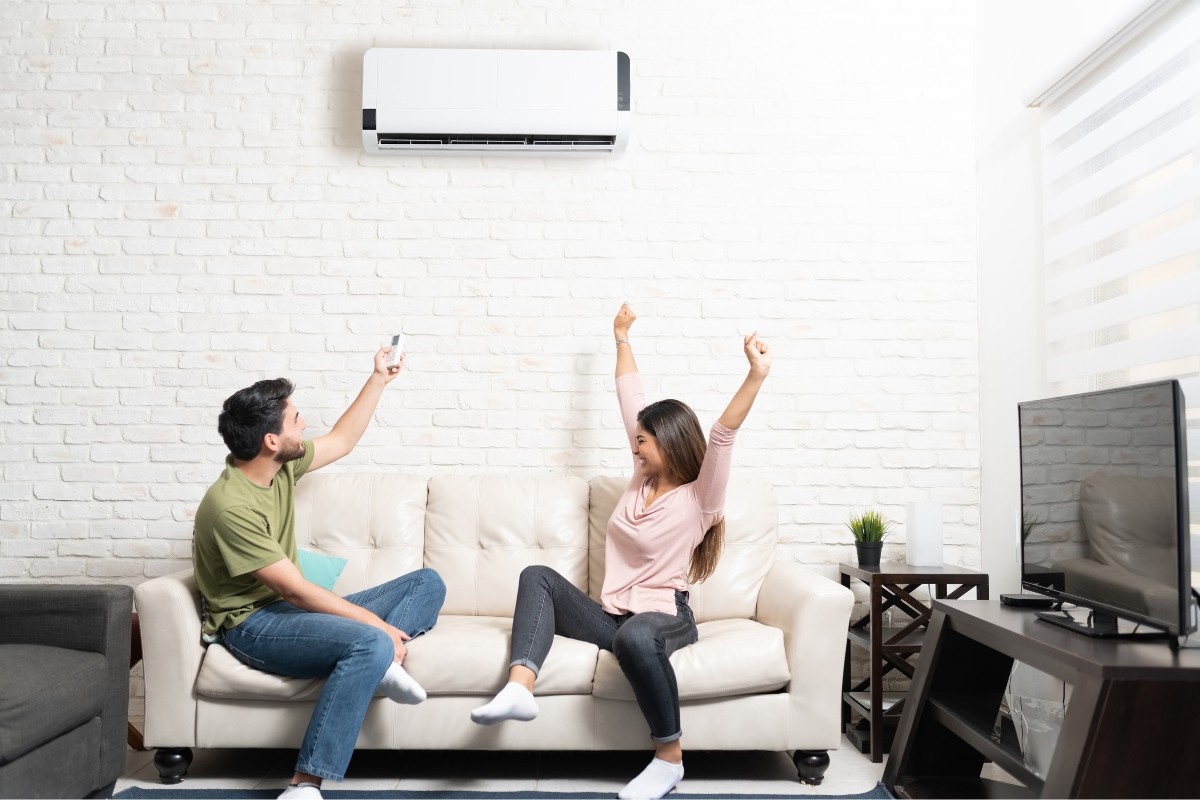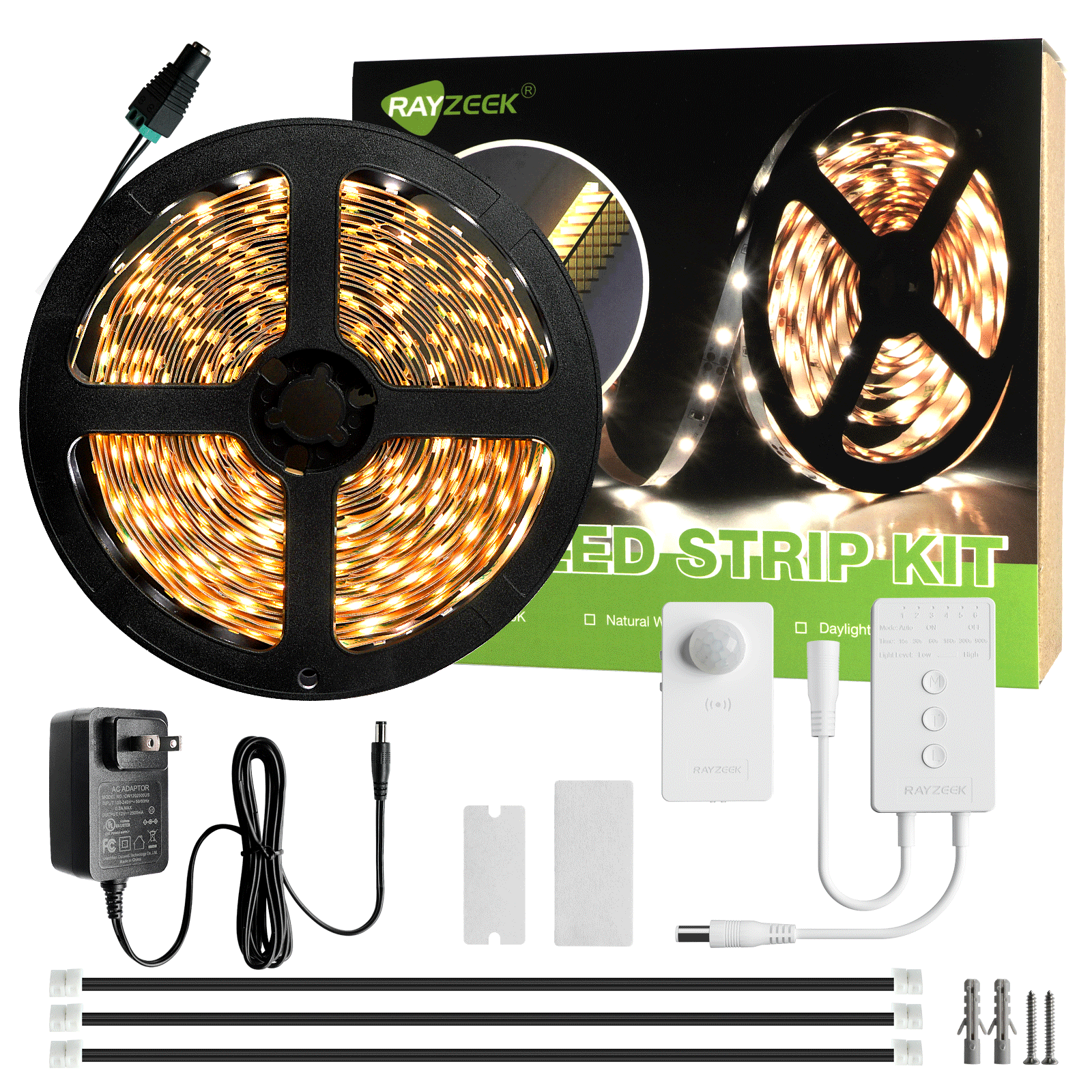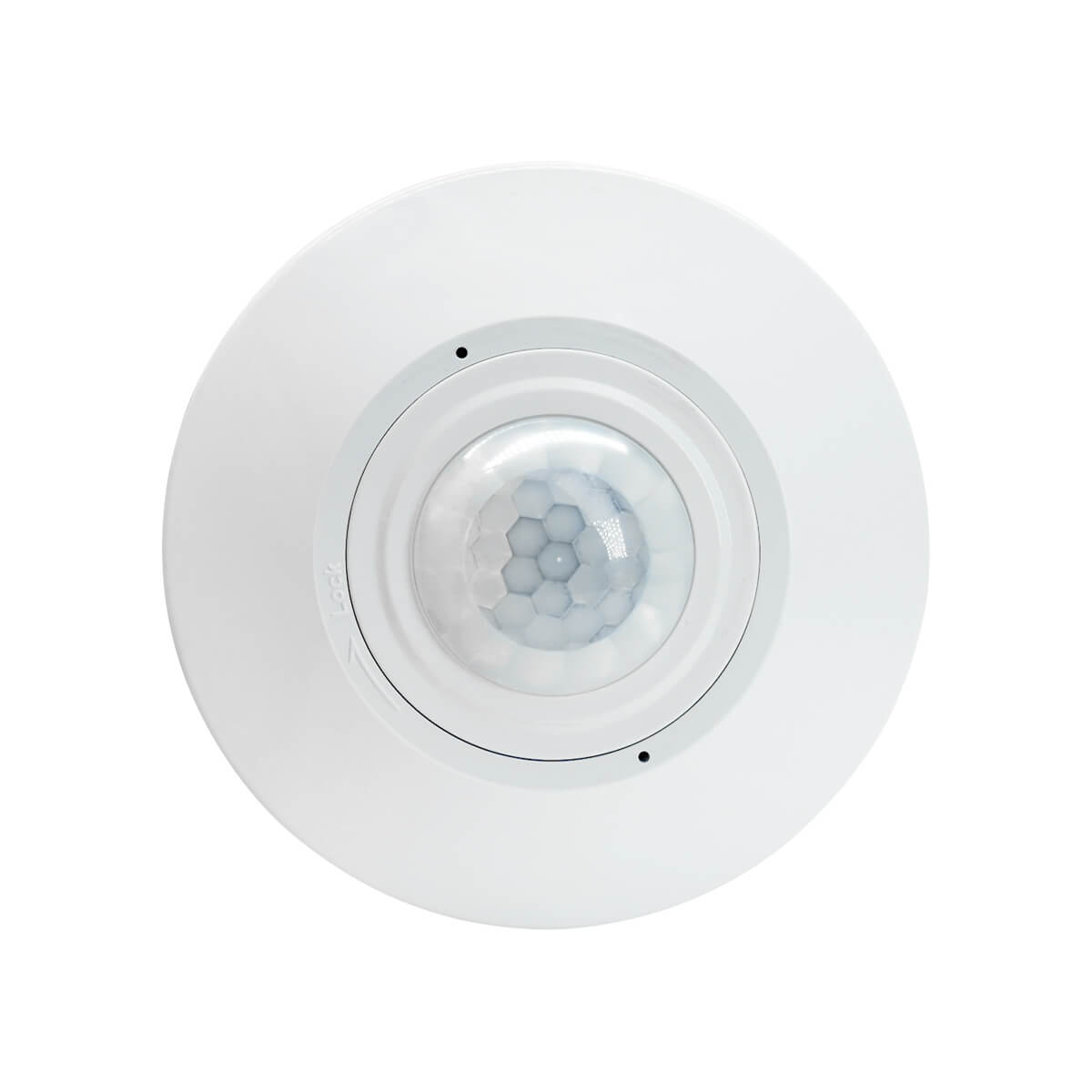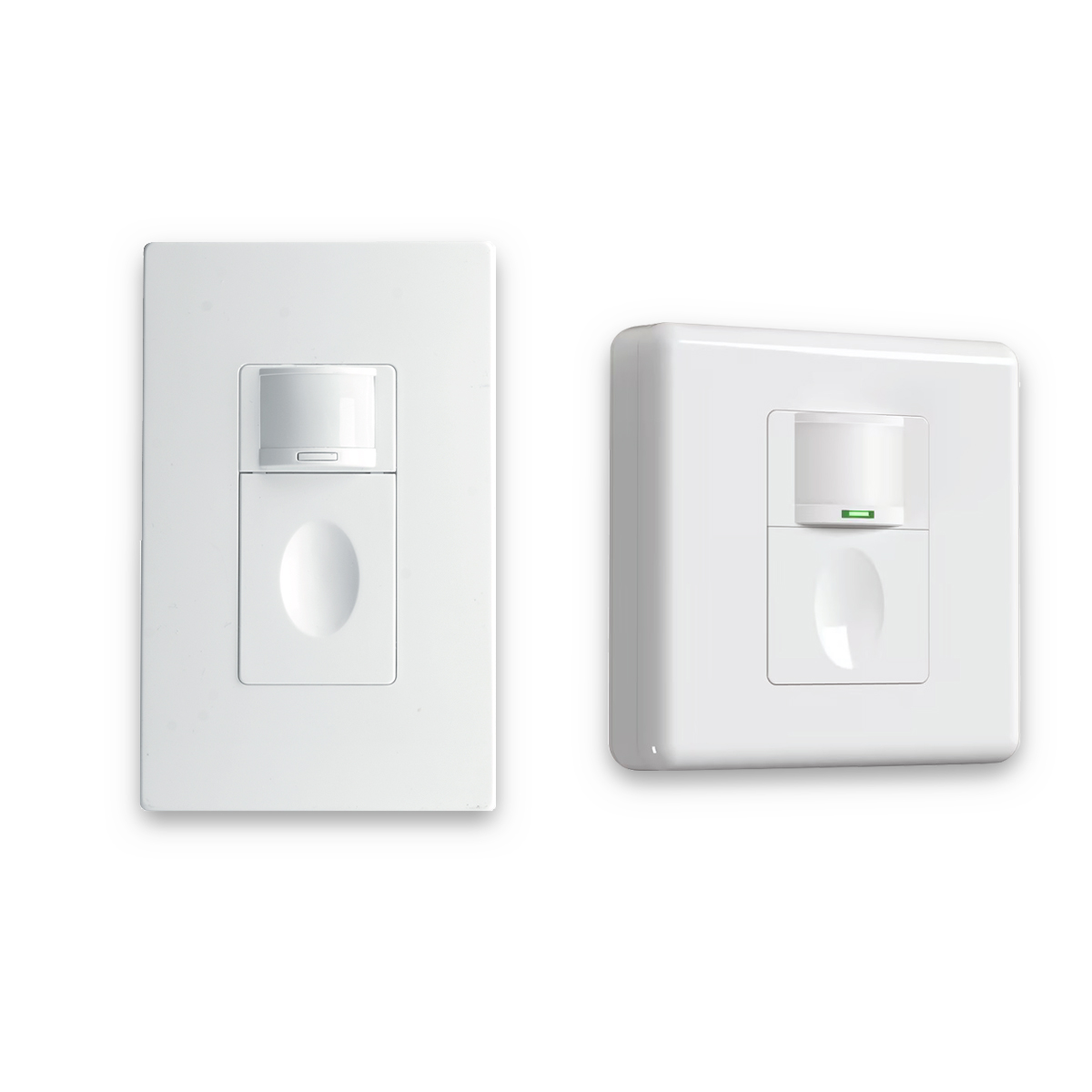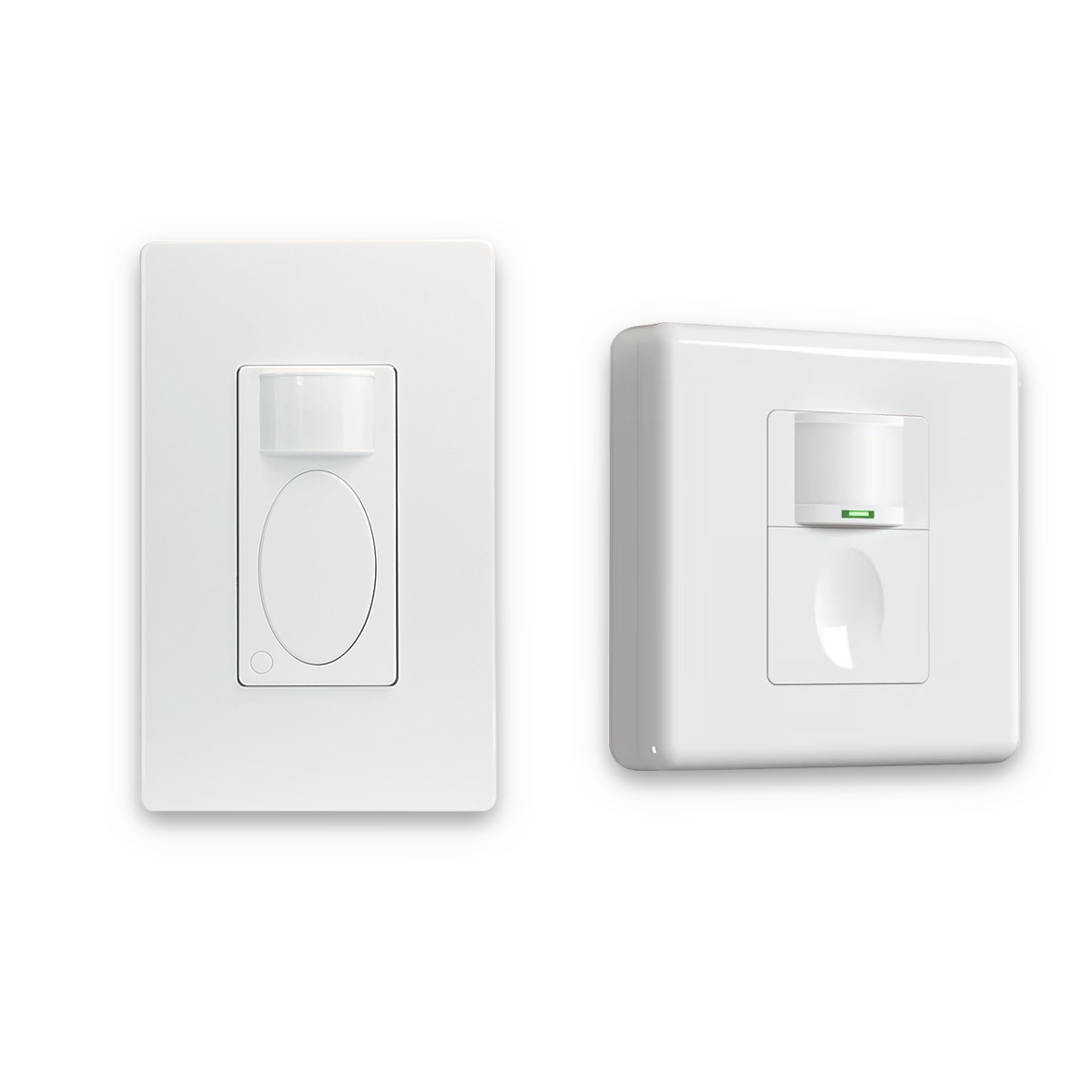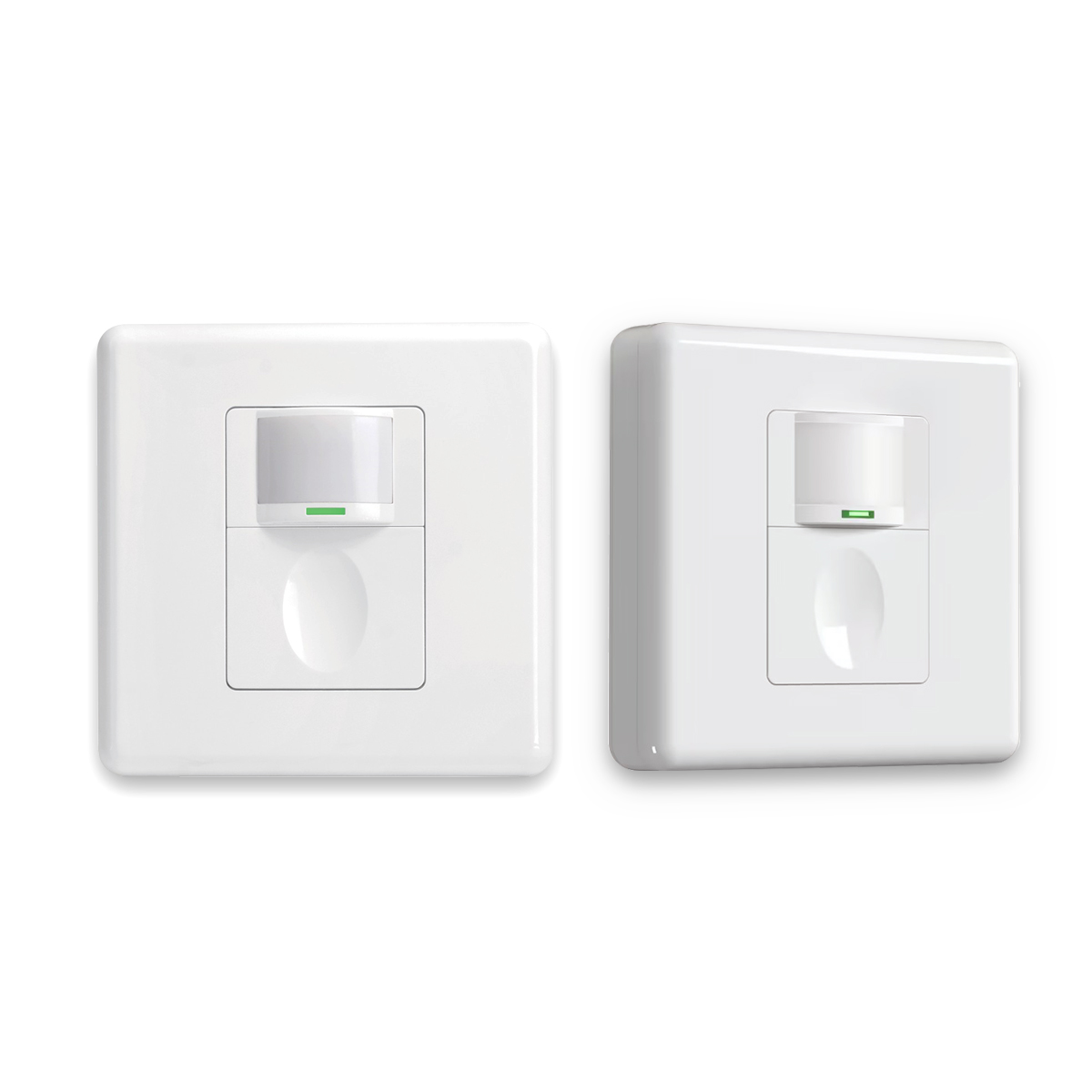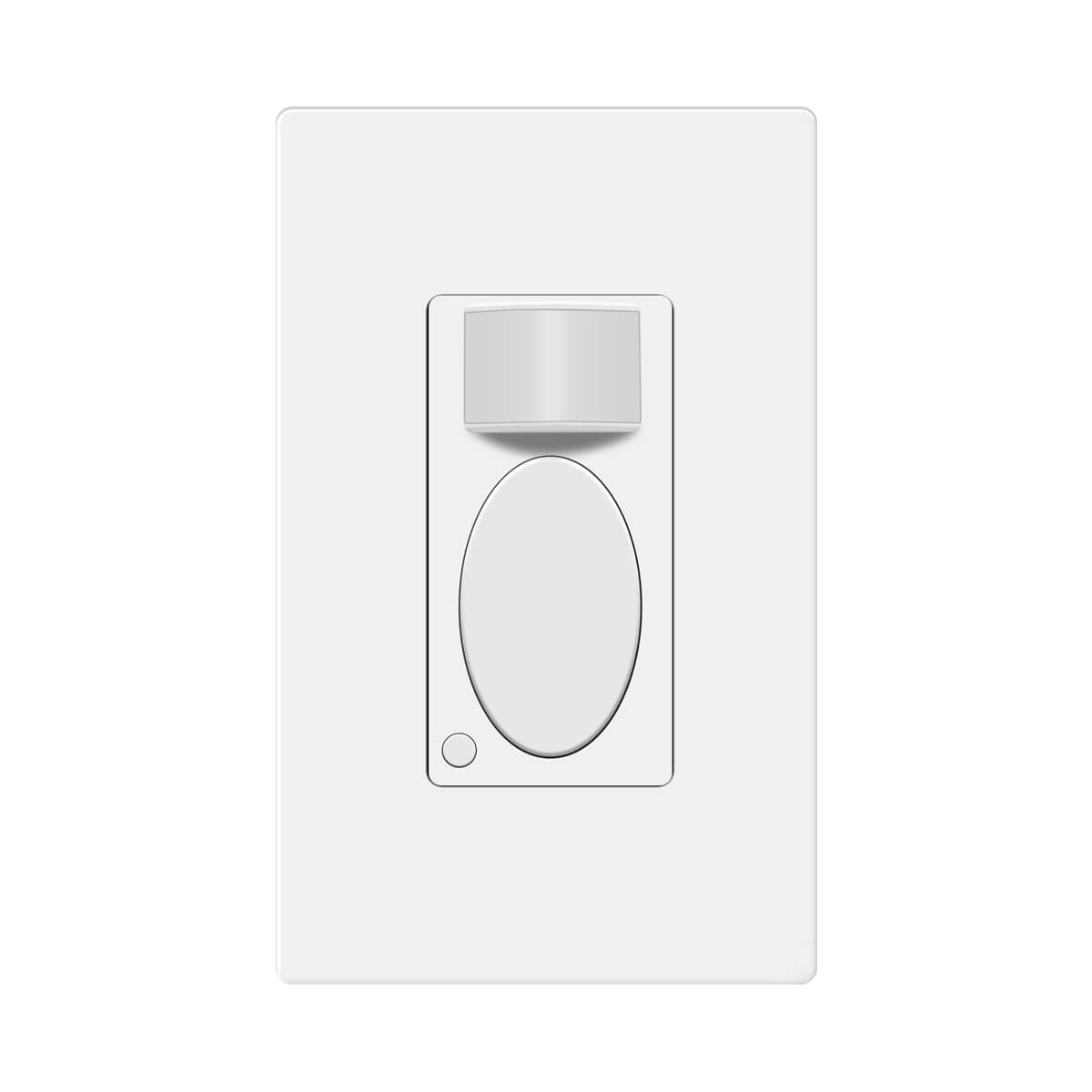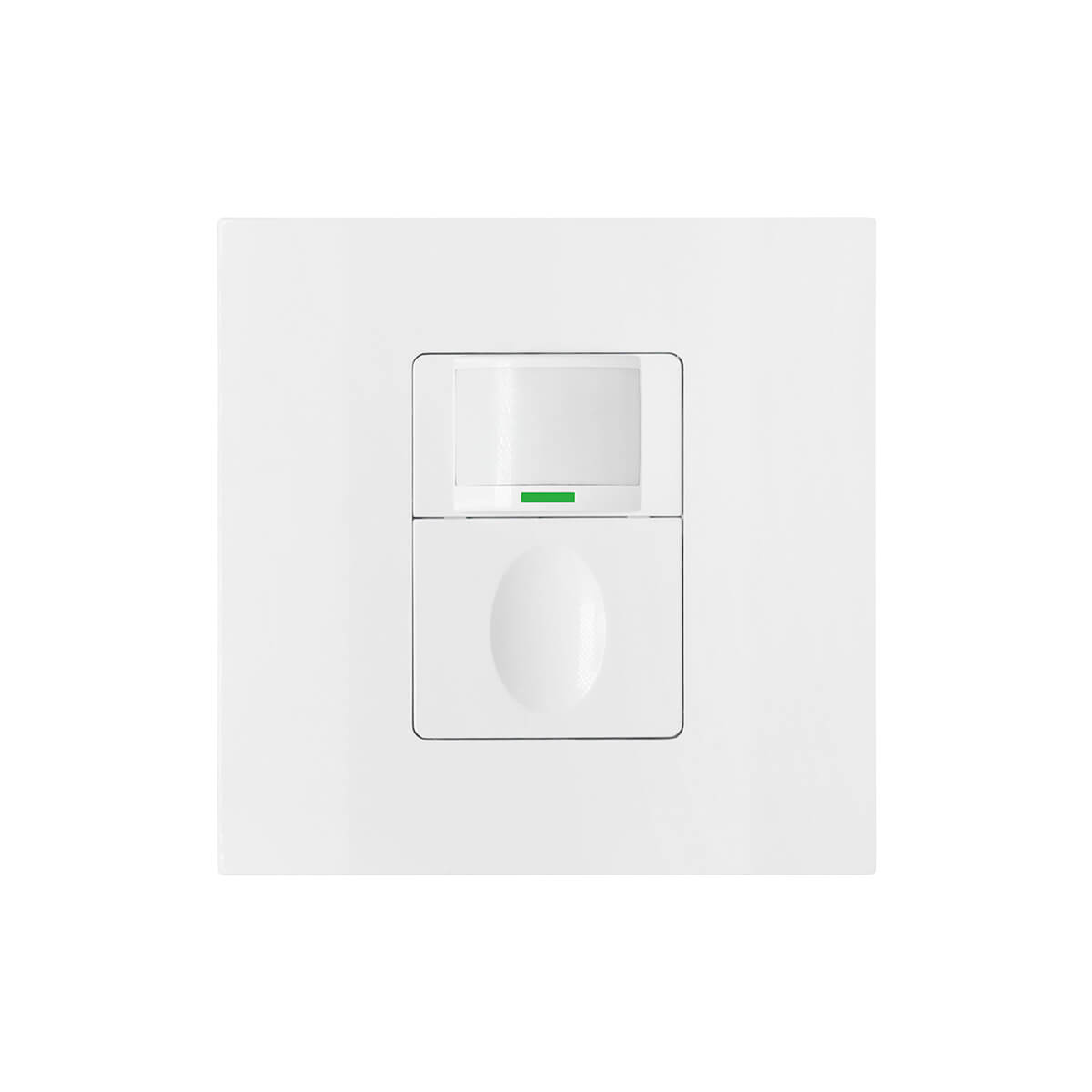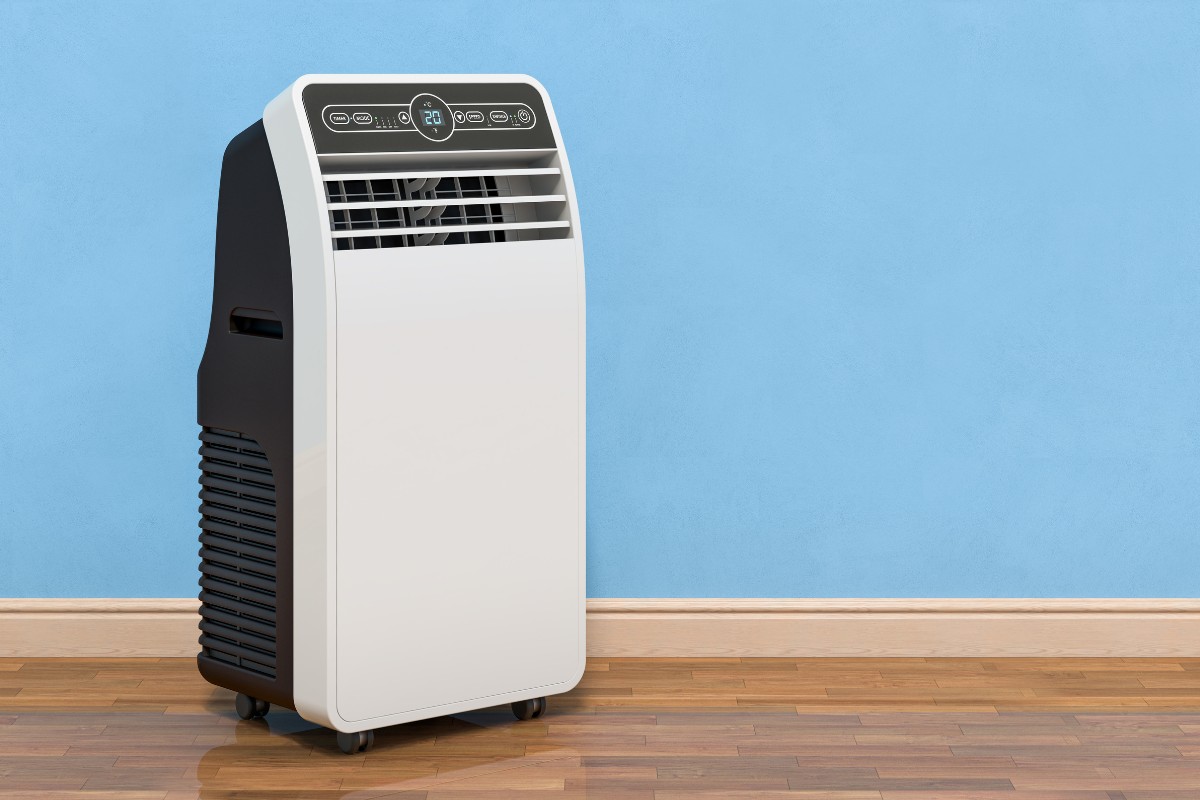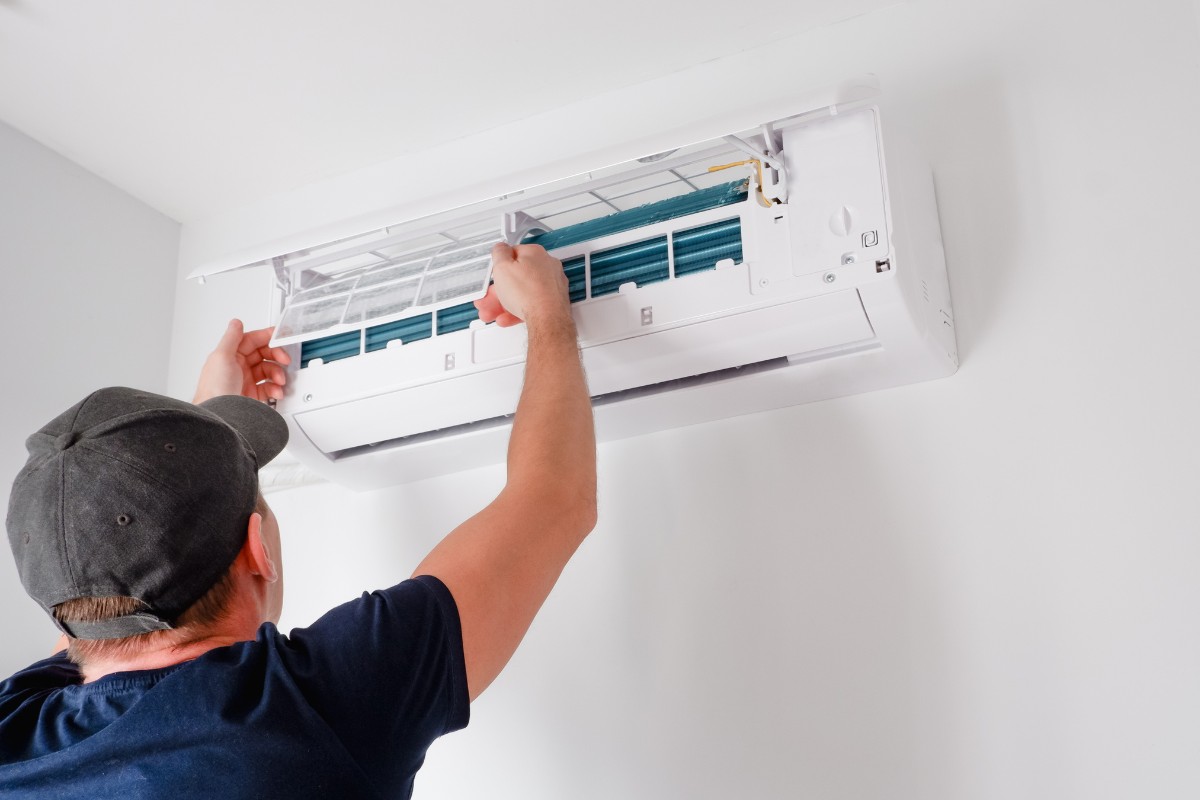Di era di mana efisiensi energi dan kenyamanan yang dipersonalisasi menjadi semakin penting, banyak orang yang memikirkan kembali pilihan pendingin dan pemanas rumah mereka. Pernahkah Anda bertanya-tanya apakah ada cara yang lebih efisien untuk mendinginkan rumah Anda daripada mengandalkan AC sentral atau unit jendela yang berisik? Masuklah ke dalam AC mini-split, sistem tanpa saluran yang dengan cepat mendapatkan popularitas. Artikel ini memberikan gambaran umum yang komprehensif tentang sistem mini-split, mengeksplorasi komponen, pengoperasian, manfaat, kekurangan, dan perbandingannya dengan opsi pendinginan lainnya. Baik Anda hanya ingin tahu tentang teknologi ini atau seorang peneliti berpengalaman yang mencari informasi mendalam, panduan ini akan membekali Anda dengan pemahaman menyeluruh tentang AC mini-split.
Apa yang dimaksud dengan AC Mini Split?
AC mini-split, juga dikenal sebagai mini-split tanpa saluran, adalah jenis sistem pemanas dan pendingin yang menyediakan udara ber-AC tanpa memerlukan saluran tradisional. Tidak seperti sistem AC sentral, yang mengandalkan jaringan saluran untuk mendistribusikan udara ke seluruh gedung, mini-split menggunakan unit dalam ruangan individu yang terhubung ke kompresor / kondensor luar ruangan melalui saluran refrigeran.
Setiap unit dalam ruangan bertanggung jawab untuk mendinginkan (atau memanaskan) zona atau area tertentu. Hal ini memungkinkan kontrol suhu yang independen di berbagai bagian bangunan. Bayangkan bisa menjaga kamar tidur Anda tetap sejuk di malam hari tanpa harus membekukan bagian rumah lainnya! Mini-split menawarkan alternatif yang efisien dan fleksibel untuk sistem HVAC tradisional, terutama dalam situasi di mana pemasangan saluran tidak praktis atau mahal, seperti di rumah yang lebih tua atau tambahan baru.
Jenis-jenis Sistem Mini Split
Sistem mini-split tersedia dalam dua konfigurasi utama: zona tunggal dan multi-zona.
Pembagian Mini Zona Tunggal
Sistem mini-split satu zona adalah konfigurasi yang paling sederhana, terdiri dari satu unit dalam ruangan yang terhubung ke satu unit luar ruangan. Sistem ini dirancang untuk mendinginkan atau memanaskan satu ruangan atau area secara efisien. Mereka adalah solusi ideal untuk ruangan yang lebih kecil, penambahan rumah, atau ruangan yang tidak cukup dilayani oleh sistem HVAC pusat. Misalnya, sistem zona tunggal mungkin merupakan solusi sempurna untuk ruang bawah tanah yang baru selesai dibangun, kantor rumah, atau ruang berjemur yang cenderung terlalu panas di musim panas.
Pembagian Mini Multi-Zona
Sistem mini-split multi-zona membawa konsep ini selangkah lebih maju dengan menghubungkan beberapa unit dalam ruangan ke satu unit luar ruangan. Konfigurasi ini memungkinkan Anda untuk mendinginkan atau memanaskan beberapa ruangan atau zona secara mandiri, masing-masing dengan pengaturan suhunya sendiri. Sistem multi-zona sangat cocok untuk rumah atau bangunan yang lebih besar di mana area yang berbeda memiliki persyaratan suhu yang berbeda-beda. Misalnya, Anda dapat memiliki satu unit untuk mendinginkan ruang tamu, unit lainnya untuk dapur, dan unit terpisah untuk setiap kamar tidur, semuanya terhubung ke unit luar ruangan yang sama. Meskipun menawarkan fleksibilitas dan penyesuaian yang lebih besar, sistem multi-zona biasanya lebih mahal daripada sistem zona tunggal.
Memilih Ukuran Mini Split yang Tepat
Ukuran yang tepat sangat penting untuk kinerja dan efisiensi optimal dari sistem mini-split. Kapasitas pendinginan AC diukur dalam British Thermal Unit (BTU). BTU adalah jumlah panas yang dibutuhkan untuk menaikkan suhu satu pon air sebesar satu derajat Fahrenheit. Sebagai patokan umum, Anda membutuhkan sekitar 20 BTU per kaki persegi ruang tamu.
Namun demikian, ada beberapa faktor yang dapat memengaruhi ukuran yang diperlukan:
- Ukuran ruangan (rekaman persegi): Ruangan yang lebih besar membutuhkan kapasitas pendinginan yang lebih besar.
- Ketinggian langit-langit: Langit-langit yang lebih tinggi meningkatkan volume udara yang akan didinginkan.
- Kualitas isolasi: Ruangan yang terisolasi dengan baik dapat mempertahankan udara sejuk dengan lebih baik, sehingga mengurangi beban pendinginan.
- Jumlah dan ukuran jendela: Jendela dapat membiarkan panas yang signifikan, terutama jika jendela menghadap ke selatan.
- Iklim setempat: Iklim yang lebih panas membutuhkan daya pendinginan yang lebih besar.
- Peralatan yang menghasilkan panas: Dapur dan ruangan dengan barang elektronik mungkin membutuhkan pendingin tambahan.
Penting untuk menghindari ukuran sistem yang terlalu besar atau terlalu kecil. Unit yang terlalu besar dapat menyebabkan siklus pendek, di mana unit terlalu sering menyala dan mati. Hal ini mengurangi efisiensi, memperpendek masa pakai peralatan, dan mengakibatkan kontrol kelembapan yang buruk. Di sisi lain, unit yang berukuran terlalu kecil akan kesulitan mendinginkan ruangan secara memadai, sehingga menyebabkan ketidaknyamanan dan peningkatan konsumsi energi.
Untuk menentukan kapasitas pendinginan yang tepat yang dibutuhkan, kontraktor HVAC profesional menggunakan perhitungan beban J Manual. Penilaian komprehensif ini mempertimbangkan semua faktor yang disebutkan di atas untuk memastikan sistem sangat cocok dengan kebutuhan rumah Anda.
Komponen Utama dari Mini Split
Untuk memahami cara kerja mini-split, akan sangat membantu jika Anda mengetahui komponen utamanya:
Unit Dalam Ruangan
Unit dalam ruangan, juga dikenal sebagai penangan udara atau unit evaporator, adalah bagian dari sistem yang Anda lihat terpasang di dalam ruangan Anda. Unit ini dapat dipasang di dinding, langit-langit, atau lantai, tergantung model dan preferensi Anda. Di dalamnya terdapat koil evaporator, filter udara, kipas angin, dan kisi-kisi pengarah.
Koil evaporator adalah tempat keajaiban terjadi. Koil ini menyerap panas dari udara dalam ruangan, mendinginkannya. Kipas angin kemudian mengedarkan udara yang didinginkan ini ke seluruh ruangan, sementara filter udara menghilangkan debu, serbuk sari, dan partikel udara lainnya, sehingga meningkatkan kualitas udara dalam ruangan. Kisi-kisi dapat disesuaikan untuk mengarahkan aliran udara untuk kenyamanan optimal, memastikan udara sejuk mencapai setiap sudut ruangan.
Unit Luar Ruangan
Unit luar ruangan, juga dikenal sebagai unit kompresor/kondensor, terletak di luar gedung, biasanya di atas bantalan beton. Ini adalah tempat kompresor, koil kondensor, dan kipas angin. Kompresor adalah jantung dari sistem, mengedarkan refrigeran antara unit indoor dan outdoor.
Tugas koil kondensor adalah melepaskan panas yang diserap dari udara dalam ruangan ke luar. Kipas membantu membuang panas ini, menjaga sistem tetap berjalan secara efisien. Unit luar ruangan dirancang untuk tahan terhadap berbagai elemen dan beroperasi dengan tenang, sehingga tidak mengganggu aktivitas luar ruangan Anda.
Garis Pendingin
Saluran refrigeran adalah pipa tembaga yang menghubungkan unit dalam dan luar ruangan, membentuk loop tertutup untuk dialiri refrigeran. Ada dua saluran utama: saluran cairan dan saluran hisap. Saluran cairan membawa refrigeran cair bertekanan tinggi dari unit luar ruangan ke unit dalam ruangan, sedangkan saluran hisap membawa uap refrigeran bertekanan rendah kembali ke unit luar ruangan.
Saluran ini diisolasi untuk mencegah kehilangan energi dan memastikan sistem beroperasi secara efisien. Jenis refrigeran yang digunakan dapat bervariasi, tetapi banyak sistem modern menggunakan opsi ramah lingkungan seperti R-410A.
Saluran Pembuangan Kondensat
Saluran pembuangan kondensat adalah pipa berdiameter kecil yang mengalirkan kondensasi yang dihasilkan oleh unit dalam ruangan. Saat koil evaporator mendinginkan udara, uap air di udara mengembun menjadi bentuk cair. Hal ini mirip dengan bagaimana tetesan air terbentuk di bagian luar gelas yang dingin pada hari yang panas.
Dapatkan Inspirasi dari Portofolio Sensor Gerak Rayzeek.
Tidak menemukan apa yang Anda inginkan? Jangan khawatir. Selalu ada cara lain untuk menyelesaikan masalah Anda. Mungkin salah satu portofolio kami dapat membantu.
Saluran pembuangan kondensat membawa air ini ke luar atau ke saluran pembuangan, mencegah kerusakan air dan pertumbuhan jamur. Pengurasan yang tepat sangat penting untuk menjaga lingkungan dalam ruangan yang sehat dan memastikan umur panjang sistem Anda.
Bagaimana Cara Kerja Mini Split?
Mini-split beroperasi pada siklus pendinginan, sebuah proses yang mirip dengan AC lainnya. Siklus ini melibatkan sirkulasi refrigeran secara terus menerus antara unit indoor dan outdoor, memindahkan panas dari dalam ke luar.
Mode Pendinginan:
- Kompresor di unit luar ruangan memampatkan refrigeran, meningkatkan suhu dan tekanannya, mengubahnya menjadi gas panas bertekanan tinggi.
- Refrigeran panas ini mengalir ke koil kondensor, di mana ia melepaskan panas ke udara luar. Kipas angin di unit luar ruangan membantu pembuangan panas ini.
- Saat refrigeran kehilangan panas, refrigeran akan mengembun menjadi cairan bertekanan tinggi.
- Refrigeran cair mengalir melalui saluran cairan ke unit dalam ruangan.
- Di unit dalam ruangan, refrigeran melewati katup ekspansi, yang secara signifikan mengurangi tekanan dan suhunya.
- Refrigeran bertekanan rendah yang sekarang dingin memasuki koil evaporator.
- Udara dalam ruangan yang hangat dihembuskan melintasi koil evaporator. Refrigeran menyerap panas dari udara dan menguap kembali menjadi uap bertekanan rendah.
- Udara yang sudah didinginkan disirkulasikan kembali ke dalam ruangan, menurunkan suhu.
- Uap refrigeran bertekanan rendah kembali ke unit luar ruangan melalui saluran hisap.
- Siklus ini terus berulang, mempertahankan suhu dalam ruangan yang diinginkan.
Mode Pemanasan (Model Pompa Panas):
Banyak sistem mini-split yang juga merupakan pompa panas, yang berarti mereka dapat menyediakan pendinginan dan pemanasan. Dalam mode pemanasan, prosesnya pada dasarnya dibalik menggunakan katup pembalik.
- Unit dalam ruangan bertindak sebagai kondensor, melepaskan panas ke dalam ruangan.
- Unit luar ruangan bertindak sebagai evaporator, menyerap panas dari udara luar, bahkan dalam suhu dingin.
Kemampuan untuk membalikkan siklus pendinginan ini menjadikan pompa kalor mini-split sebagai solusi serbaguna dan hemat energi untuk kenyamanan sepanjang tahun.
Teknologi Inverter dalam Mini Split
Teknologi inverter adalah fitur utama yang membedakan banyak sistem mini-split modern dengan AC tradisional. Sementara AC lama menggunakan kompresor berkecepatan tetap yang menyala dan mati untuk mempertahankan suhu yang diinginkan, mini-split yang digerakkan oleh inverter menggunakan kompresor berkecepatan variabel. Perbedaan yang tampaknya kecil ini memiliki dampak yang signifikan terhadap kinerja dan efisiensi.
Teknologi Kompresor Kecepatan Variabel
Teknologi inverter memungkinkan kompresor beroperasi pada kecepatan yang berbeda, mulai dari rendah hingga tinggi, tergantung pada permintaan pendinginan atau pemanasan. Ketika ada perbedaan besar antara suhu yang diinginkan (titik setel) dan suhu ruangan yang sebenarnya, kompresor bekerja pada kecepatan yang lebih tinggi untuk mendinginkan atau memanaskan ruangan dengan cepat.
Saat suhu ruangan mendekati titik setel, kompresor akan melambat, mempertahankan suhu yang konsisten tanpa perlu sering melakukan siklus hidup-mati. Pengoperasian kecepatan variabel ini menawarkan beberapa keuntungan:
- Suhu yang lebih stabil dan konsisten: Sistem ini mempertahankan suhu yang lebih konstan, menghindari perubahan suhu yang umum terjadi pada sistem tradisional.
- Mengurangi konsumsi energi: Dengan berjalan pada kecepatan yang lebih rendah jika memungkinkan, sistem menggunakan lebih sedikit energi, sehingga tagihan listrik menjadi lebih rendah.
- Pengoperasian yang lebih tenang: Kompresor kecepatan variabel umumnya lebih senyap daripada kompresor kecepatan tetap, terutama ketika beroperasi pada kecepatan yang lebih rendah.
- Masa pakai kompresor yang lebih lama: Pengurangan siklus hidup-mati mengurangi tekanan pada kompresor, sehingga berpotensi memperpanjang masa pakainya.
Pertimbangan Ukuran Tingkat Lanjut
Teknologi inverter juga memberikan fleksibilitas yang lebih besar dalam menentukan ukuran sistem mini-split. Sistem kecepatan tetap tradisional memerlukan ukuran yang tepat untuk menghindari masalah seperti siklus pendek atau pendinginan yang tidak memadai. Namun, sistem yang digerakkan oleh inverter dapat beroperasi secara efisien pada kapasitas yang lebih luas.
Mencari Solusi Hemat Energi yang Diaktifkan dengan Gerakan?
Hubungi kami untuk sensor gerak PIR lengkap, produk hemat energi yang diaktifkan oleh gerakan, sakelar sensor gerak, dan solusi komersial Okupansi/Kekosongan.
Namun demikian, ukuran yang tepat tetap penting untuk kinerja dan efisiensi yang optimal. Pertimbangan ukuran lanjutan untuk sistem yang digerakkan oleh inverter meliputi:
- Performa beban sebagian: Mengevaluasi seberapa efisien sistem beroperasi pada kapasitas yang dikurangi sangat penting, karena di sinilah sistem akan menghabiskan sebagian besar waktunya.
- Rasio turn-down: Ini mengacu pada kapasitas minimum di mana sistem dapat beroperasi. Rasio turn-down yang lebih rendah memungkinkan kontrol suhu yang lebih tepat dan efisiensi yang lebih besar pada beban rendah.
- Ukuran khusus untuk iklim: Kapasitas harus disesuaikan berdasarkan kondisi iklim setempat dan jumlah hari dengan derajat pemanasan/pendinginan.
- Analisis selubung bangunan: Menilai dampak insulasi, penyegelan udara, dan kinerja jendela pada beban pendinginan membantu menentukan ukuran sistem yang sesuai.
- Pola hunian: Mempertimbangkan bagaimana ruang digunakan dan jumlah penghuni membantu menyempurnakan perhitungan ukuran.
Manfaat AC Mini Split
AC mini-split menawarkan berbagai manfaat menarik yang menjadikannya pilihan menarik bagi banyak pemilik rumah:
Efisiensi Energi
Mini-split terkenal dengan efisiensi energinya yang tinggi dibandingkan dengan sistem HVAC tradisional. Mereka sering membanggakan peringkat SEER (Seasonal Energy Efficiency Ratio) yang lebih tinggi, sering kali melebihi 20. Untuk konteksnya, peringkat SEER yang lebih tinggi menunjukkan efisiensi energi yang lebih besar. Teknologi inverter memainkan peran penting dalam efisiensi ini, memungkinkan kontrol suhu yang tepat dan mengurangi konsumsi energi.
Selain itu, desain tanpa saluran menghilangkan kehilangan energi yang terkait dengan saluran yang bocor, masalah umum pada sistem AC sentral. Pendinginan yang dikategorikan semakin meningkatkan efisiensi dengan memungkinkan pengkondisian yang ditargetkan untuk ruang yang ditempati, mengurangi pemborosan energi dari pendinginan atau pemanasan area yang tidak dihuni.
Pendinginan Zonasi
Salah satu keuntungan paling signifikan dari mini-split adalah kemampuannya untuk menyediakan pendinginan yang dikategorikan. Setiap unit dalam ruangan dapat dikontrol secara independen, sehingga Anda dapat mengatur suhu yang berbeda untuk zona atau ruangan yang berbeda. Hal ini tidak hanya meningkatkan kenyamanan dengan memenuhi preferensi individu, tetapi juga mengurangi konsumsi energi dengan hanya mendinginkan area yang ditempati.
Pikirkanlah: mengapa harus mendinginkan seluruh rumah dengan suhu yang sama ketika Anda hanya menggunakan beberapa ruangan? Pendinginan yang dikategorikan menghilangkan kebutuhan untuk mendinginkan atau memanaskan ruangan yang tidak dihuni, sehingga menghasilkan penghematan energi yang signifikan. Namun, bahkan dengan tingkat kontrol ini, sangat mudah untuk lupa mematikan AC saat meninggalkan ruangan, terutama di rumah atau kantor yang sibuk. Di sinilah otomatisasi pintar dapat membuat perbedaan nyata. Misalnya, perangkat seperti Sensor Gerak Pendingin Udara RZ050 dapat secara otomatis mematikan mini-split Anda saat ruangan tidak ditempati, memastikan Anda tidak membuang energi untuk mendinginkan ruangan yang kosong. Lapisan otomatisasi tambahan ini memaksimalkan potensi penghematan energi dari sistem mini-split Anda, memberikan kenyamanan dan ketenangan pikiran.
Sensor Gerak Pendingin Udara RZ050
Jangan Pernah Lupa Mematikan AC Anda Lagi
- Secara otomatis mematikan AC di ruangan kosong, sehingga menghemat energi.
- Kompatibel dengan sebagian besar unit AC split.
- Pemasangan DIY yang mudah - cukup tempelkan atau pasang di dinding.
Pengoperasian yang Tenang
Mini-split secara signifikan lebih tenang daripada unit jendela dan banyak sistem AC sentral. Unit dalam ruangan beroperasi pada tingkat kebisingan yang sangat rendah, sering kali serendah 19 desibel, yang sebanding dengan suara gemerisik dedaunan. Unit luar ruangan juga dirancang untuk pengoperasian yang senyap, sehingga meminimalkan polusi suara.
Teknologi inverter lebih lanjut berkontribusi pada pengoperasian yang tenang dengan mengurangi fluktuasi kebisingan yang terkait dengan siklus hidup-mati kompresor tradisional. Hal ini membuat mini-split menjadi pilihan yang sangat baik untuk kamar tidur, ruang keluarga, dan ruang apa pun yang memiliki masalah kebisingan.
Instalasi Mudah
Dibandingkan dengan saluran udara yang luas yang diperlukan untuk sistem AC sentral, mini-split relatif mudah dipasang. Hal ini mengurangi waktu dan biaya pemasangan. Instalasi biasanya hanya membutuhkan lubang kecil di dinding untuk mengakomodasi saluran refrigeran, saluran pembuangan kondensat, dan kabel listrik.
Kemudahan pemasangan ini membuat mini-split menjadi pilihan yang tepat untuk berbagai lokasi, termasuk rumah tua tanpa saluran udara yang ada, penambahan baru, atau bahkan ruangan individu yang membutuhkan pendingin atau pemanas tambahan.
Kekurangan dari AC Mini Split
Meskipun mini-split menawarkan banyak keuntungan, ada juga beberapa kekurangan yang perlu dipertimbangkan:
Biaya di Muka yang Lebih Tinggi
Mini-split biasanya memiliki biaya awal yang lebih tinggi dibandingkan dengan unit jendela atau beberapa sistem AC sentral. Namun, penting untuk mempertimbangkan penghematan energi jangka panjang, yang sering kali dapat mengimbangi investasi awal dari waktu ke waktu. Biaya dapat bervariasi tergantung pada faktor-faktor seperti jumlah zona, kapasitas sistem, dan fitur.
Kekhawatiran Estetika
Tampilan unit dalam ruangan dapat menjadi perhatian bagi sebagian pemilik rumah, terutama di ruangan yang lebih kecil. Unit yang dipasang di dinding adalah jenis yang paling umum, tetapi dapat mengganggu estetika ruangan. Opsi pemasangan alternatif seperti kaset langit-langit atau unit yang dipasang di lantai juga tersedia, tetapi harganya lebih mahal.
Penempatan unit outdoor juga perlu dipertimbangkan dalam hal dampak visual. Meskipun pada umumnya dirancang agar tidak mengganggu, unit outdoor tetap harus ditempatkan di area yang mudah diakses dan berventilasi baik.
Proses Instalasi Mini Split
Meskipun beberapa pemilik rumah yang praktis mungkin tergoda untuk melakukan pemasangan sendiri, pemasangan profesional sangat disarankan untuk kinerja, keamanan, dan cakupan garansi yang optimal. Teknisi HVAC yang berkualifikasi akan memastikan sistem memiliki ukuran, pemasangan, dan konfigurasi yang tepat.
Langkah-langkah pemasangan yang umum meliputi:
- Penilaian lokasi dan perhitungan beban: Teknisi akan menilai rumah Anda dan melakukan perhitungan beban untuk menentukan ukuran dan konfigurasi sistem yang sesuai.
- Memasang unit dalam ruangan: Unit dalam ruangan akan dipasang di dinding, langit-langit, atau lantai, tergantung model dan preferensi Anda.
- Memasang unit luar ruangan: Unit luar ruangan akan dipasang pada permukaan yang stabil dan rata, seperti alas beton, di area yang berventilasi baik.
- Mengebor lubang untuk koneksi: Lubang kecil, biasanya berdiameter 3 inci, akan dibor melalui dinding untuk mengakomodasi saluran refrigeran, saluran pembuangan kondensat, dan kabel listrik.
- Menghubungkan saluran refrigeran: Saluran refrigeran akan dihubungkan dengan hati-hati antara unit indoor dan outdoor, menciptakan loop tertutup.
- Memasang saluran pembuangan kondensat: Saluran pembuangan kondensat akan dipasang untuk membuang kondensasi dari unit dalam ruangan.
- Menghubungkan kabel listrik: Kabel listrik akan disambungkan sesuai dengan spesifikasi produsen dan kode kelistrikan setempat.
- Mengevakuasi saluran refrigeran: Saluran refrigeran akan dievakuasi menggunakan pompa vakum untuk menghilangkan udara dan kelembapan, sehingga memastikan kinerja yang optimal.
- Mengisi sistem dengan refrigeran: Sistem akan diisi dengan jumlah refrigeran yang benar.
- Menguji sistem: Teknisi akan menguji sistem secara menyeluruh untuk memastikan sistem beroperasi dengan baik dan efisien.
Waktu pemasangan dapat bervariasi tergantung pada kerumitan sistem, tetapi biasanya membutuhkan waktu 4-8 jam untuk sistem zona tunggal.
Berapa Biaya Mini Split?
Biaya sistem mini-split dapat sangat bervariasi tergantung pada beberapa faktor:
- Jumlah zona: Sistem multi-zona lebih mahal daripada sistem zona tunggal.
- Kapasitas sistem (BTU): Sistem berkapasitas lebih tinggi lebih mahal.
- Merek dan model: Berbagai merek dan model memiliki harga yang berbeda-beda.
- Peringkat SEER: Peringkat SEER yang lebih tinggi umumnya memiliki harga yang lebih tinggi namun menawarkan penghematan energi jangka panjang yang lebih besar.
- Fitur: Fitur-fitur canggih seperti kontrol cerdas dan penyaringan yang disempurnakan dapat menambah biaya.
- Kerumitan instalasi: Instalasi yang lebih kompleks dapat menimbulkan biaya tenaga kerja yang lebih tinggi.
Kisaran biaya rata-rata:
- Sistem zona tunggal: \$3.000 - \$6.000 terpasang
- Sistem multi-zona (2-3 zona): \$5.000 - \$10.000 terpasang
- Sistem multi-zona (4-5 zona): \$8.000 - \$15.000+ terpasang
Biaya tambahan mungkin termasuk peningkatan listrik, perizinan, dan perpanjangan garansi. Meskipun biaya di muka mungkin tampak tinggi, penting untuk memperhitungkan penghematan energi jangka panjang. Dibandingkan dengan opsi pendinginan yang kurang efisien, mini-split dapat secara signifikan mengurangi tagihan listrik Anda dari waktu ke waktu, sehingga membantu mengimbangi investasi awal.
Perawatan Mini Split
Perawatan rutin sangat penting untuk menjaga sistem mini-split Anda tetap berjalan secara efisien, mencegah kerusakan, dan memperpanjang masa pakainya.
Tugas pemeliharaan yang disarankan:
- Bersihkan atau ganti filter udara: Ini mungkin merupakan tugas perawatan yang paling penting. Filter udara yang kotor akan menghambat aliran udara, mengurangi efisiensi dan berpotensi merusak sistem. Filter harus dibersihkan atau diganti setiap 1-3 bulan, tergantung pada penggunaan dan kualitas udara.
- Bersihkan kumparan unit dalam ruangan: Debu dan kotoran dapat menumpuk pada koil unit dalam ruangan, sehingga mengurangi kemampuannya untuk mentransfer panas. Kumparan ini harus dibersihkan setiap tahun, atau sesuai kebutuhan.
- Bersihkan kumparan unit luar ruangan: Kumparan unit luar ruangan juga dapat menjadi kotor, terutama jika terletak di dekat pepohonan atau semak belukar. Kumparan ini harus dibersihkan setiap tahun, atau sesuai kebutuhan, untuk memastikan perpindahan panas yang tepat.
- Periksa level refrigeran: Tingkat refrigeran harus diperiksa secara berkala oleh teknisi yang berkualifikasi. Tingkat refrigeran yang rendah dapat mengindikasikan kebocoran, yang harus segera diperbaiki.
- Periksa saluran pembuangan kondensat: Saluran pembuangan kondensat harus diperiksa secara teratur untuk memastikan saluran tersebut bersih dan tidak terhalang. Saluran pembuangan yang tersumbat dapat menyebabkan kerusakan air dan pertumbuhan jamur.
- Periksa sambungan listrik: Sambungan listrik harus diperiksa secara berkala untuk mengetahui kekencangan dan korosi. Sambungan yang longgar atau berkarat dapat menyebabkan masalah kelistrikan dan mengurangi efisiensi sistem.
- Penyetelan profesional: Direkomendasikan untuk meminta teknisi HVAC profesional melakukan penyetelan tahunan. Ini biasanya mencakup pemeriksaan dan pembersihan semua komponen, memeriksa muatan refrigeran, dan memastikan sistem beroperasi dengan benar.
Perawatan yang tepat dapat membantu mencegah perbaikan yang mahal, meningkatkan efisiensi energi, dan memperpanjang masa pakai sistem mini-split Anda, yang pada akhirnya akan menghemat uang Anda dalam jangka panjang.
Perbandingan Mini Split
Untuk lebih memahami proposisi nilai dari mini-split, mari kita bandingkan dengan dua alternatif umum: AC sentral dan AC jendela.
Mini Split vs AC Sentral
| Fitur | Mini Split | Pendingin Udara Sentral |
|---|---|---|
| Pekerjaan saluran | Tanpa saluran | Membutuhkan pekerjaan saluran |
| Pendinginan Zonasi | Ya. | Terbatas (kecuali jika sistem zonasi dipasang) |
| Efisiensi Energi | Umumnya lebih tinggi (peringkat SEER lebih tinggi) | Umumnya lebih rendah (peringkat SEER lebih rendah) |
| Instalasi | Lebih mudah, tidak terlalu mengganggu | Lebih kompleks, membutuhkan instalasi saluran air |
| Biaya di Muka | Lebih tinggi | Lebih rendah (untuk sistem dasar) |
| Biaya Operasional | Lebih rendah | Lebih tinggi |
| Tingkat Kebisingan | Lebih rendah | Lebih tinggi |
| Filtrasi Udara | Bervariasi menurut model, sering kali tersedia opsi lanjutan | Bervariasi menurut jenis filter, biasanya kurang canggih |
| Estetika | Unit dalam ruangan dapat mengganggu | Tidak terlalu mencolok (ventilasi di langit-langit atau dinding) |
Ringkasan: Mini-split umumnya menawarkan efisiensi energi yang lebih tinggi, pendinginan yang dikategorikan, dan pengoperasian yang lebih tenang dibandingkan dengan AC sentral. Namun, mereka datang dengan biaya awal yang lebih tinggi dan mungkin menghadirkan tantangan estetika karena unit dalam ruangan. AC sentral adalah teknologi yang lebih mapan dan mungkin lebih cocok untuk rumah dengan saluran udara yang ada.
Mungkin Anda Tertarik Dengan
Mini Split vs AC Jendela
| Fitur | Mini Split | Pendingin Udara Jendela |
|---|---|---|
| Instalasi | Lebih kompleks, membutuhkan instalasi profesional | Lebih sederhana, bisa dipasang sendiri |
| Efisiensi | Secara signifikan lebih tinggi | Lebih rendah |
| Tingkat Kebisingan | Jauh lebih tenang | Berisik |
| Kapasitas Pendinginan | Lebih tinggi, dapat mendinginkan area yang lebih luas | Lebih rendah, terbatas untuk satu kamar |
| Estetika | Tidak terlalu mengganggu (tidak ada halangan dari jendela) | Menghalangi pandangan jendela dan cahaya |
| Keamanan | Lebih aman | Dapat menjadi risiko keamanan (lebih mudah dilepas dari luar) |
| Biaya | Secara signifikan lebih tinggi | Lebih rendah |
| Filtrasi Udara | Secara umum lebih baik | Filtrasi dasar |
Ringkasan: Mini-split adalah pemenang yang jelas atas unit jendela dalam hal efisiensi, tingkat kebisingan, kapasitas pendinginan, dan estetika. Namun, unit jendela jauh lebih murah dan lebih mudah dipasang, sehingga menjadi pilihan populer bagi konsumen yang memiliki anggaran terbatas atau mereka yang membutuhkan solusi pendinginan sementara.
Apakah Mini Split Layak Dilakukan?
Mini-split dapat menjadi investasi yang berharga bagi banyak pemilik rumah, terutama mereka yang memprioritaskan efisiensi energi, kontrol suhu yang dikategorikan, dan solusi pendinginan yang lebih tenang. Sistem ini sangat cocok untuk rumah tua yang tidak memiliki saluran udara, penambahan baru, atau renovasi ruangan tertentu.
Faktor-faktor yang perlu dipertimbangkan saat memutuskan apakah mini-split tepat untuk Anda:
- Biaya di muka vs penghematan jangka panjang: Evaluasi dengan cermat investasi awal terhadap penghematan energi yang diproyeksikan selama masa pakai sistem. Dalam banyak kasus, penghematan jangka panjang dapat lebih besar daripada biaya awal yang lebih tinggi.
- Iklim: Mini-split sangat efektif di daerah beriklim sedang. Namun, di daerah yang sangat dingin, mereka mungkin memerlukan pemanas tambahan.
- Preferensi estetika: Pertimbangkan dampak visual dari unit indoor dan outdoor. Jika estetika merupakan perhatian utama, jelajahi opsi pemasangan alternatif atau pertimbangkan jenis sistem yang berbeda.
- Persyaratan pemasangan: Kaji kelayakan dan biaya pemasangan di rumah Anda.
Nilai jangka panjang:
- Meningkatkan nilai rumah: Sistem HVAC hemat energi, seperti mini-split, menjadi semakin menarik bagi calon pembeli rumah, yang berpotensi meningkatkan nilai jual kembali rumah Anda.
- Umur yang lebih panjang: Dengan perawatan yang tepat, mini-split dapat bertahan selama 15-20 tahun atau bahkan lebih lama lagi, memberikan pendinginan dan pemanasan yang dapat diandalkan selama bertahun-tahun yang akan datang.
- Mengurangi jejak karbon: Efisiensi yang lebih tinggi berarti konsumsi energi yang lebih rendah dan emisi gas rumah kaca yang lebih rendah, yang berkontribusi pada masa depan yang lebih berkelanjutan.
Siapa yang Membuat Mini Split?
Banyak produsen terkemuka yang memproduksi sistem mini-split, masing-masing dengan kekuatan dan spesialisasinya sendiri. Berikut adalah beberapa merek yang paling populer dan terkenal:
- Daikin: Sebagai pemimpin global dalam teknologi HVAC, Daikin dikenal dengan inovasi, efisiensi tinggi, dan berbagai macam produknya. Mereka sering dianggap sebagai merek premium.
- Mitsubishi Electric: Mitsubishi Electric menawarkan jajaran sistem mini-split yang komprehensif dengan fitur-fitur canggih, kinerja yang kuat, dan reputasi keandalan.
- Fujitsu: Fujitsu dikenal karena memproduksi mini-split yang handal dan hemat energi dengan fokus pada pengoperasian yang senyap. Mereka menawarkan berbagai model yang sesuai dengan kebutuhan dan anggaran yang berbeda.
- LG: LG menawarkan berbagai model mini-split dengan desain yang ramping, integrasi teknologi pintar, dan harga yang kompetitif.
- Gree: Sebagai produsen utama AC mini-split, Gree menawarkan berbagai pilihan dengan harga yang bervariasi, menjadikannya pilihan populer bagi konsumen yang memiliki anggaran terbatas.
- Pembawa: Sebagai merek HVAC yang mapan, Carrier juga menawarkan sistem mini-split, dengan memanfaatkan pengalaman dan reputasi mereka yang luas di industri ini.
- Panasonic: Panasonic dikenal dengan mini-splitnya yang inovatif dan hemat energi, yang sering kali dilengkapi dengan teknologi pemurnian udara yang canggih.
Saat memilih merek, pertimbangkan hal-hal berikut ini:
- Reputasi dan keandalan: Teliti rekam jejak merek dan baca ulasan pelanggan untuk mengukur reputasi mereka dalam hal kualitas dan keandalan.
- Rangkaian produk: Pastikan merek tersebut menawarkan berbagai model yang memenuhi kebutuhan spesifik Anda dalam hal kapasitas, fitur, dan estetika.
- Garansi: Bandingkan persyaratan dan cakupan garansi yang ditawarkan oleh berbagai merek. Garansi yang lebih panjang dapat memberikan ketenangan pikiran dan melindungi investasi Anda.
- Jaringan dealer: Pilihlah merek dengan jaringan pemasang dan teknisi servis yang berkualitas di daerah Anda. Hal ini memastikan Anda akan memiliki akses ke dukungan yang dapat diandalkan jika diperlukan.
- Harga: Bandingkan harga berbagai merek dan model dengan fitur dan kinerja yang serupa.
Pada akhirnya, sangat penting untuk bekerja sama dengan kontraktor HVAC berkualifikasi yang dapat membantu Anda memilih merek dan model yang tepat untuk rumah Anda dan memastikan pemasangan yang tepat. Mereka dapat menilai kebutuhan spesifik Anda, merekomendasikan sistem terbaik, dan menyediakan instalasi ahli dan pemeliharaan berkelanjutan.

